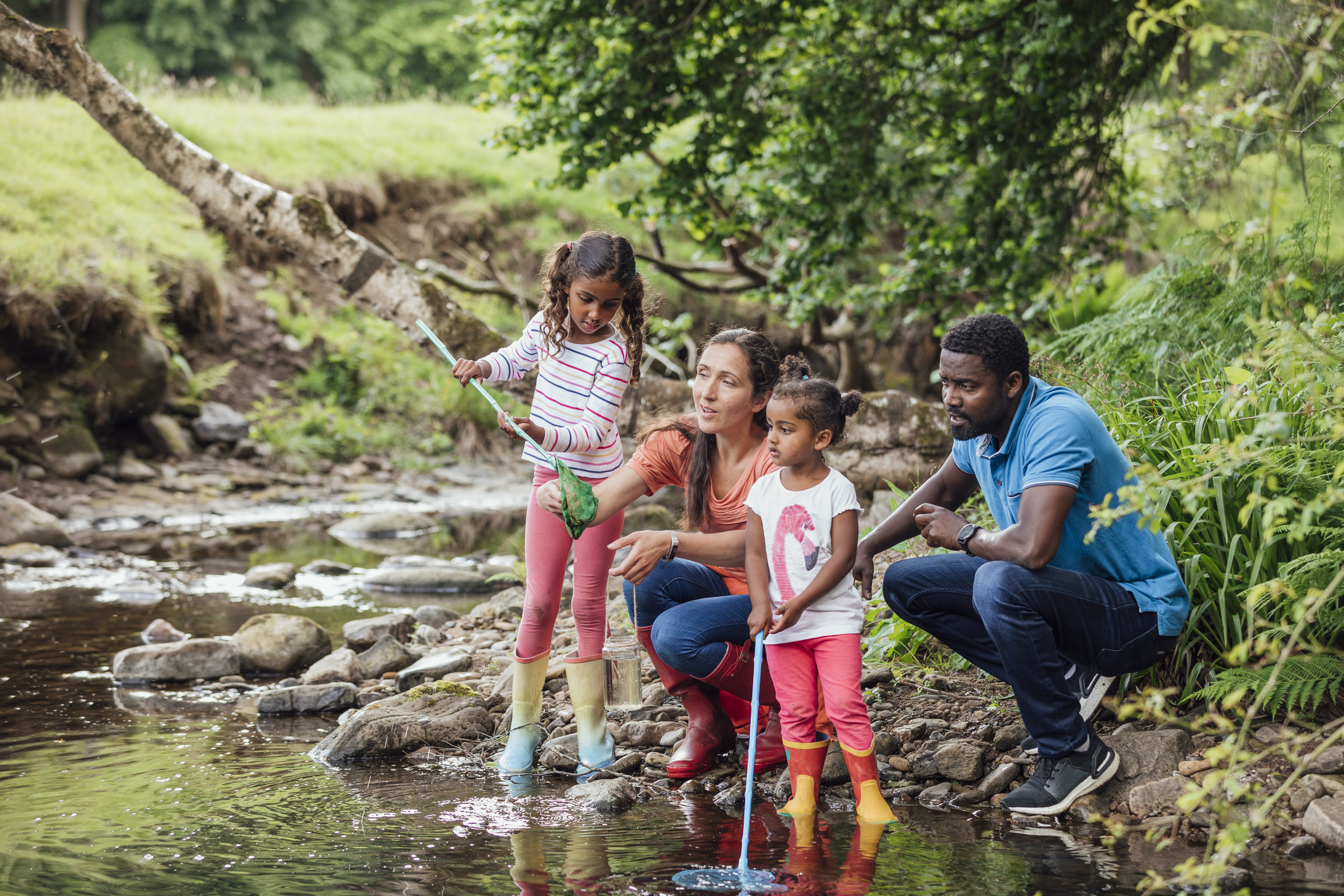Environmental Education for American Children
Environmental Education for American Children
Teaching children about environmental protection and sustainability from a young age is crucial for building a responsible and eco-conscious generation. In the United States, many parents and educators are adopting creative ways to introduce environmental concepts to kids. In this post, we will explore effective methods for educating children about nature conservation and sustainability.
1. Why Environmental Education Matters
Environmental education fosters a sense of responsibility and stewardship among children. By understanding how their actions impact the planet, kids become more mindful of their choices and develop lifelong habits that support sustainability.
Key Benefits:
- Awareness of Environmental Issues: Understand global challenges like pollution and climate change.
- Responsibility: Learn how to reduce waste and conserve resources.
- Problem-Solving Skills: Develop critical thinking to address environmental problems.
- Connection with Nature: Foster a sense of belonging and respect for the natural world.
2. Hands-On Environmental Activities
2-1. Nature Walks and Observation
- Objective: Introduce children to local flora and fauna.
- Activity: Take guided walks in parks or nature reserves, encouraging kids to observe plants and animals.
- Skills Developed: Observation, identification, and respect for nature.
- Extension: Collect leaves or rocks for later study and crafts.
2-2. Gardening Projects
- Objective: Teach sustainability through hands-on gardening.
- Activity: Start a small vegetable garden or herb patch.
- Learning Points:
- Planting and nurturing seeds
- Understanding the life cycle of plants
- Composting and soil health
- Tip: Involve kids in watering and harvesting to build ownership.
2-3. Recycling and Upcycling Projects
- Objective: Learn the importance of reusing materials.
- Activity: Create art projects using recycled items like plastic bottles and paper scraps.
- Ideas:
- DIY planters from milk cartons
- Bottle cap mosaics
- Homemade paper from scrap materials
- Skill Building: Creativity, problem-solving, and eco-consciousness.
3. Educational Resources and Tools
3-1. Environmental Education Apps
- Earth Rangers: Teaches kids how to protect wildlife and ecosystems.
- Joulescope Energy Monitor: Helps track energy usage at home.
- LeafSnap: Identifies plant species by photographing leaves.
3-2. Kid-Friendly Documentaries
- "Our Planet" (Netflix): Stunning visuals and stories of global ecosystems.
- "The Magic School Bus" (PBS): Fun lessons on ecosystems and weather.
- "Born to Be Wild" (IMAX): Stories of wildlife rehabilitation and conservation.
3-3. Storybooks about Nature
- "The Lorax" by Dr. Seuss: Teaches about environmental responsibility.
- "The Great Kapok Tree" by Lynne Cherry: Highlights the importance of rainforests.
- "One Plastic Bag" by Miranda Paul: A story of recycling and community action.
4. Community Involvement and Volunteering
4-1. Community Clean-Up Events
- Objective: Involve families in maintaining clean public spaces.
- Activities: Picking up litter, planting trees, and maintaining parks.
- Benefits: Strengthens community ties while promoting environmental responsibility.
4-2. Eco Clubs and School Initiatives
- Start a Green Team: Organize students to promote recycling and waste reduction.
- School Gardens: Teach children how to grow plants and maintain gardens.
- Recycling Drives: Collect bottles and paper to raise environmental awareness.
4-3. Partner with Local Conservation Groups
- Why: Expose children to real-world environmental efforts.
- Examples: Join guided wildlife tours or habitat restoration projects.
5. Sustainable Living at Home
5-1. Reduce, Reuse, Recycle
- Teach Sorting: Show kids how to separate recyclables from regular trash.
- Upcycling Projects: Turn old clothes into reusable shopping bags.
- Challenge: Have a “Zero-Waste Day” where the family minimizes waste.
5-2. Energy Conservation Practices
- Turn Off Lights: Make it a habit to switch off unused lights.
- Water Conservation: Teach kids to turn off faucets while brushing teeth.
- Green Energy Discussions: Talk about solar panels and energy-efficient appliances.
5-3. Eco-Friendly Household Habits
- Reusable Containers: Use lunch boxes and water bottles instead of disposables.
- Composting: Start a compost bin for food scraps.
- Sustainable Shopping: Choose products with minimal packaging and eco-labels.
6. Final Thoughts
Environmental education is essential for fostering a generation that values nature and sustainability. By incorporating practical activities and engaging resources, parents and educators can inspire children to take an active role in protecting the planet. Start small, be consistent, and celebrate every eco-friendly effort your child makes!
Related Keywords
Environmental education for kids USA, sustainability activities for children, eco-friendly parenting tips, teaching kids about conservation, nature-based learning
Amazon best seller






Comments